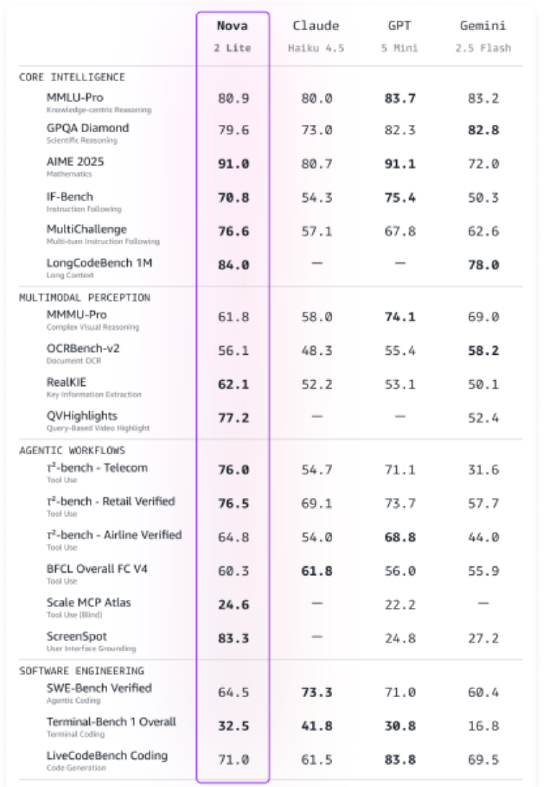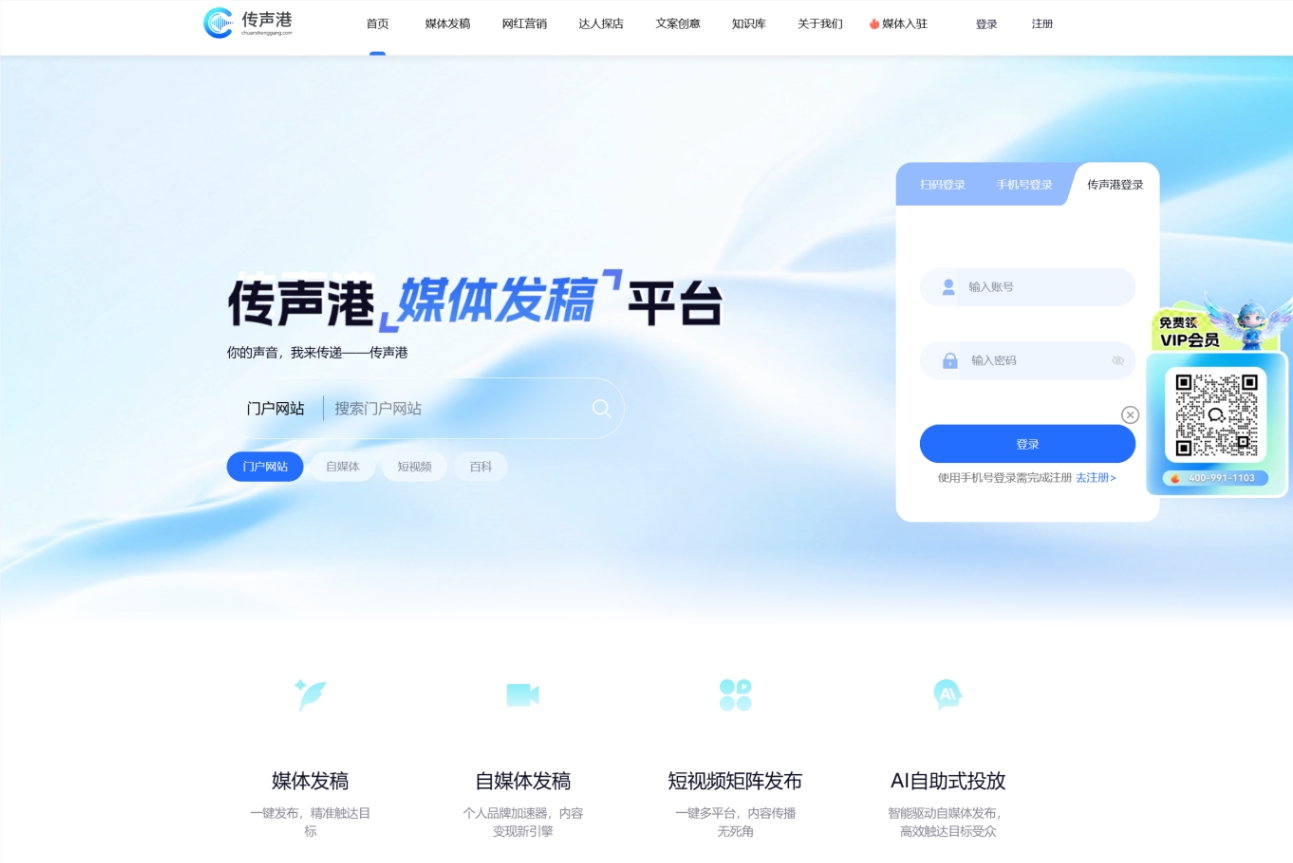A "small but beautiful" revolution is taking place in the field of Vision Language Models (VLMs). The newly released Moondream 3.0 (preview version) has achieved cutting-edge visual reasoning capabilities with its efficient Mixture of Experts (MoE) architecture, featuring a total of 9B parameters and an activated parameter count of only 2B, making it a lightweight design. This upgraded model not only performs well in complex scenarios but also surpasses leading models such as GPT-5, Gemini, and Claude4 in multiple benchmark tests, sparking discussions within the AI community. Compared to the Moondream2 version released in January-February this year (which excels at recognizing CAPTCHAs), the 3.0 version expands its application boundaries, supporting a 32K context length, suitable for real-time interaction and agent workflows.

Core Architecture: Efficient MoE and SigLIP Visual Encoder
Moondream 3.0 adopts an innovative MoE architecture, with a total of 9B parameters but only 2B activated parameters, ensuring inference speed comparable to previous versions while maintaining efficient deployment friendliness. The model integrates the SigLIP visual encoder, supporting multi-cropping channel stitching, enabling token-efficient high-resolution image processing. The hidden dimension is 2048, using a custom efficient SuperBPE tokenizer, and introducing a multi-head attention mechanism combined with position and data-dependent temperature scaling to enhance long-context modeling capabilities.
This design originates from the "upsampling" initialization of Moondream2, with training data of about 450B tokens, far less than the trillion-scale of leading models, yet achieving performance without compromise. Developers can easily download it via Hugging Face, supporting cloud APIs and local operation. Currently, it requires an NVIDIA GPU with 24GB+ memory, with quantized versions and Apple Silicon support coming soon.
Capability Upgrade: From Simple Recognition to Complex Reasoning
The biggest highlight of Moondream 3.0 lies in its "versatile" visual skills, including open-vocabulary object detection, point selection, counting, caption generation, and OCR. The model supports structured output, such as directly generating JSON arrays (e.g., extracting dog ID, coat color, and belt color), and shows excellent performance in UI understanding, document transcription, and object localization. Early benchmarks show that its COCO object detection score reaches 51.2 (an increase of 20.7% from the previous version), OCRBench increases from 58.3 to 61.2, and ScreenSpot UI F1@0.5 reaches 60.3.
In practical demonstrations, the model easily handles complex scenarios: identifying people wearing purple socks, selecting quantity input fields on a shopping website, marking bottles, recommending the most suitable utensils for spaghetti, and even handling dynamic tracking and answering questions. These capabilities are not only applicable to security monitoring and drone inspections but also extend to medical imaging and enterprise-level document processing. Its reasoning speed is several times faster than large models, significantly reducing operational costs.
Application Potential: An Ideal Choice for Edge Devices and Real-Time Scenarios
As an open-source model, Moondream 3.0 emphasizes the concept of "no training, no ground-truth data, and no heavy infrastructure." Developers can unlock visual understanding simply by providing a prompt. Community feedback indicates that it has already been deployed on robot semantic behavior, mobile devices, and Raspberry Pi, suitable for edge computing scenarios. Compared to domestic top-tier open-weight VLMs (such as the Qwen series), it has a stronger advantage in visual reasoning and structured output, although detailed cross-border evaluations are still ongoing. In the future, the model will continue to iterate, optimizing inference code and improving benchmark scores.









